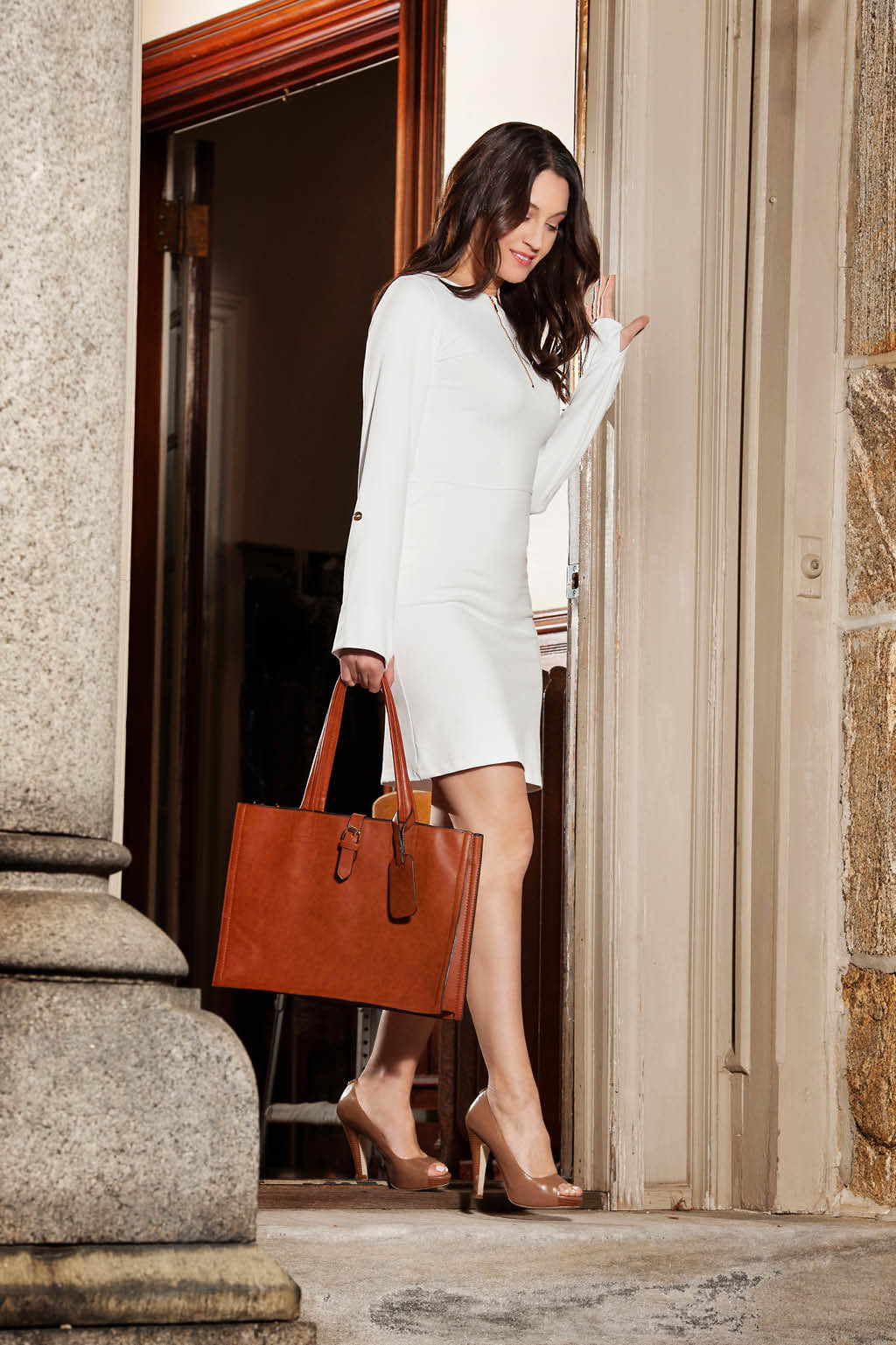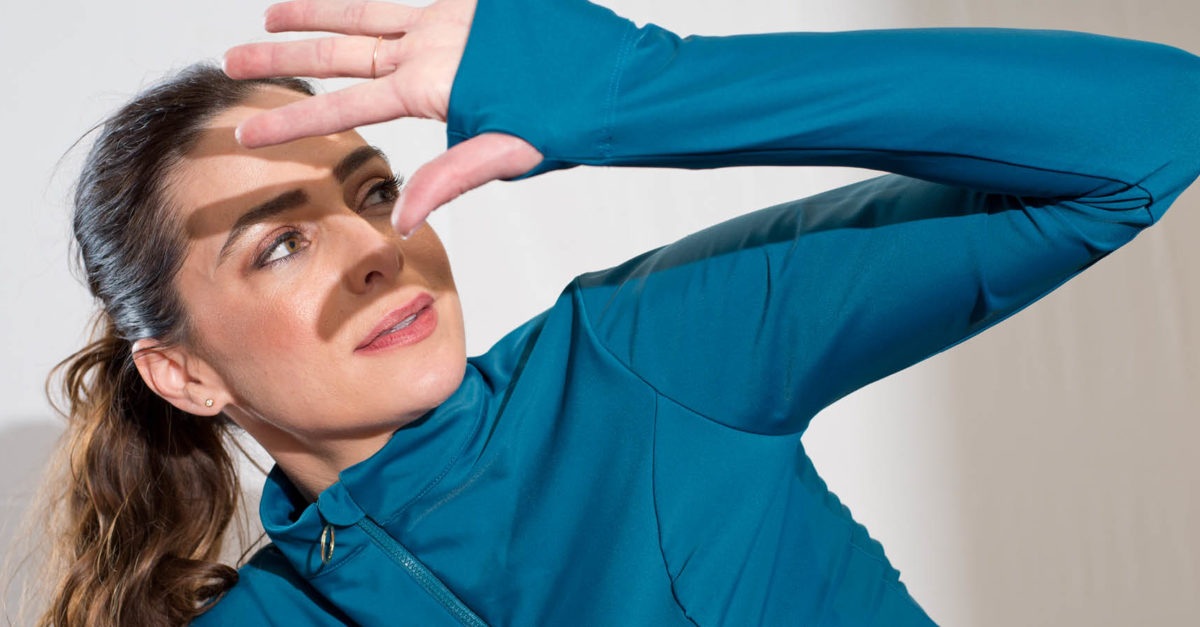A Wearable Defense
From the time we’re young, we’re told that protecting our skin from the sun is extremely important. There’s no question the sun is strong—really strong—and it can cause serious damage to our delicate skin, even when we don’t notice it. Many people know that regular sunscreen application offers protection from sun damage. What many people may not know is that there is an entirely separate option when it comes to sun protection—one that doesn’t involve reapplying lotion every hour.
UV-protective clothing has become more widely available in recent years, and it’s actually one of the most effective (if not the most effective) options of sun protection available. But why are these clothes so much more successful at blocking the sun’s rays than sunscreen, and how do they do it?
UVA, UVB, and UPF
The terms UVA and UVB are fairly common words in the health world. The sun produces both of these types of radiation, and both are capable of causing damage to the skin. UVA is the type of radiation responsible for sunspots and premature aging, while UVB is responsible for sunburn. However, prolonged exposure to both forms of radiation can cause various types of skin cancers, including melanoma.
The term UPF (ultraviolet protection factor) refers to the amount of sun blockage that fabric provides for the skin. So, for example, if an article of clothing has a UPF of 50, that means that it protects approximately 98 percent of the sun’s rays, allowing 1/50th (2 percent) to reach the skin. The Skin Cancer Foundation only offers a Seal of Recommendation for clothing with a UPF of 30 or higher.
Because the SPF in most sunscreens only accounts for UVB protection, your skin can still be at risk for harmful sun damage, especially when left exposed for long periods of time. The UPF for UV-protective clothing measures both UVA and UVB rays, meaning that these clothes offer more thorough protection than sunscreen alone. Keep in mind: this doesn’t mean that sunscreen shouldn’t still be an important part of your routine, especially for parts of the skin not covered by clothing, like your face and hands.
Skin cancer is currently the most commonly diagnosed form of cancer in the US, but it’s also one of the most preventable. There are over nine thousand people diagnosed with some form of skin cancer every single day in America, which is why it’s so crucial to be aware of the types of protection available to you.
How It’s Made
When it comes to sun protection, not every piece of clothing is a great protector of your skin. In fact, there are a few key differences between the way traditional clothing and UV clothing are made. When shopping for UV-protective clothing, these are some of the most important factors to keep in mind:
Color
Darker and brighter fabrics do a better job at absorbing the sun’s rays than white or lighter-colored shades.
Material
Fabrics like denim and wool are tightly woven, allowing less of the sun’s rays to penetrate to the skin.
Stretch
Choose loose-fitting fabrics over tight ones. The tighter the clothes, the more likely they are to stretch out and allow the sun’s rays to penetrate.
Exposure
The less your skin is exposed, the better. Choose clothing that covers the arms and legs whenever possible.
Erum Ilyas, a board certified dermatologist and founder of the clothing company AmberNoon, hopes that brands like hers can help raise awareness of the need for daily sun protection. “The bulk of my practice is skin cancer and premature aging of the skin,” says Ilyas. “This is largely avoidable given the fact that the most significant environmental contributor to these is sun exposure.”
According to Ilyas, there are a few ways companies can manufacture UV-protective clothing: “You can treat the fibers of the textile with chemical finishes prior to weaving or knitting, treat the final textile with a UV-protective finishing coat, or make a textile woven or knit with fibers closely spaced to block UV naturally—which AmberNoon does,” she says.
Ilyas founded her company with the intention to help reduce the incidence of skin cancer. She notes that none of the products under the AmberNoon name are treated with UV protective chemicals, but rather are crafted with high-quality fabric to block harmful UVA and UVB rays. The line currently offers products for women, men, and children. Everything from its dresses and swimsuits to accessories like hats and visors have a UPF of 50 or higher—exceeding the Skin Cancer Foundation’s recommendations.
Everyday Protection
Most people consider applying sunscreen while at the beach or while enjoying other outdoor activities, but, the truth is, the sun doesn’t simply retract its rays when you’re not sitting in it for extended periods of time. Any amount of time in the sun is still exposure, and your skin should be protected. Ilyas recommends a “full sun-protection plan”: a hat, sunglasses, sun-safe clothing, and sunscreen for exposed areas—every day. The Skin Cancer Foundation also has a database of brands and products it recommends to help you make sure you’re choosing the best and safest options when it comes to protecting your skin.
We put on clothing every day, but unless we’re dealing with inclement weather, we don’t often consider how it can protect us from the elements. Wearing UV-protective clothing and applying sunscreen are two of the most important yet simple measures you can take to make sure your skin stays healthy and strong for years to come.
For more info, visit ambernoon.com or skincancer.org









